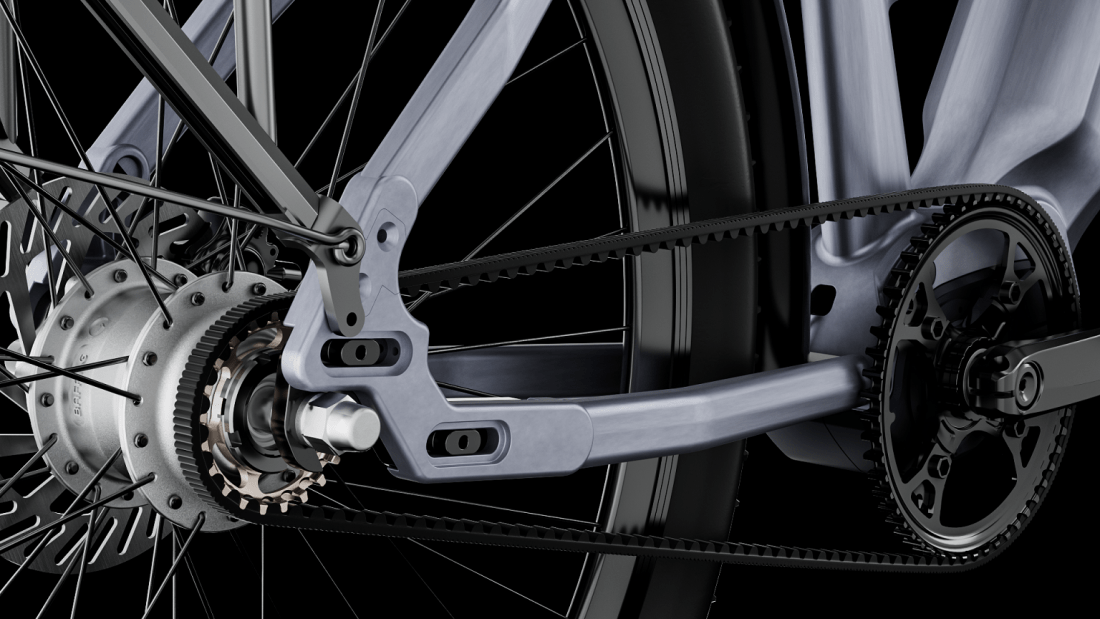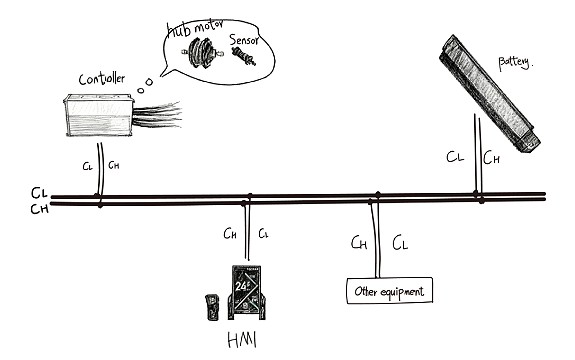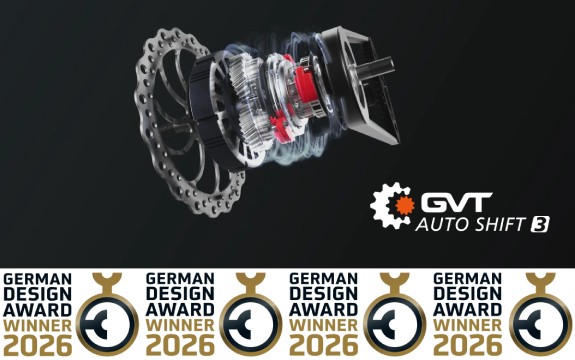What are the differences between bicycle derailleur gears and gear hubs?
If you've ridden a bike (unless it was a fixie or single-speed), the likelihood is that you're familiar with gears, how they work, and the assistance they provide during a ride. Gears allow riders to move faster, climb hills more easily, and optimize their journey.
The majority of bikes use an external gear system, with changes to the cassette made by a front and rear deailleur. Being so popular, this bike-build is the most common for casual riders to be familiar with. Of course, these systems have their own advantages, being a tried and tested technology; however, regular maintenance is required such as chain lubrication and occasional adjustment to the gear settings. There's also the worst-case scenario of your favorite jeans getting snagged in the gear system - that grease will never come out!
Enter, the humble hub gear; a fully internal solution that negates some of the disadvantages of external systems. Surprisingly, this technology was invented in the late 19th century not long before the derailleur system emerged, but it was held back for many limited years limits in gear range. With a fresh perspective and leaps in technology, many large manufacturers are now optimizing the hub gear for a modern revival. With the recent release of our 3-speed automatic gear hub, we thought it was the perfect time for a related blog post!
Read the 3-speed automatic gear hub press release, here .
Check out the 3-speed automatic gear hub launch video, here .
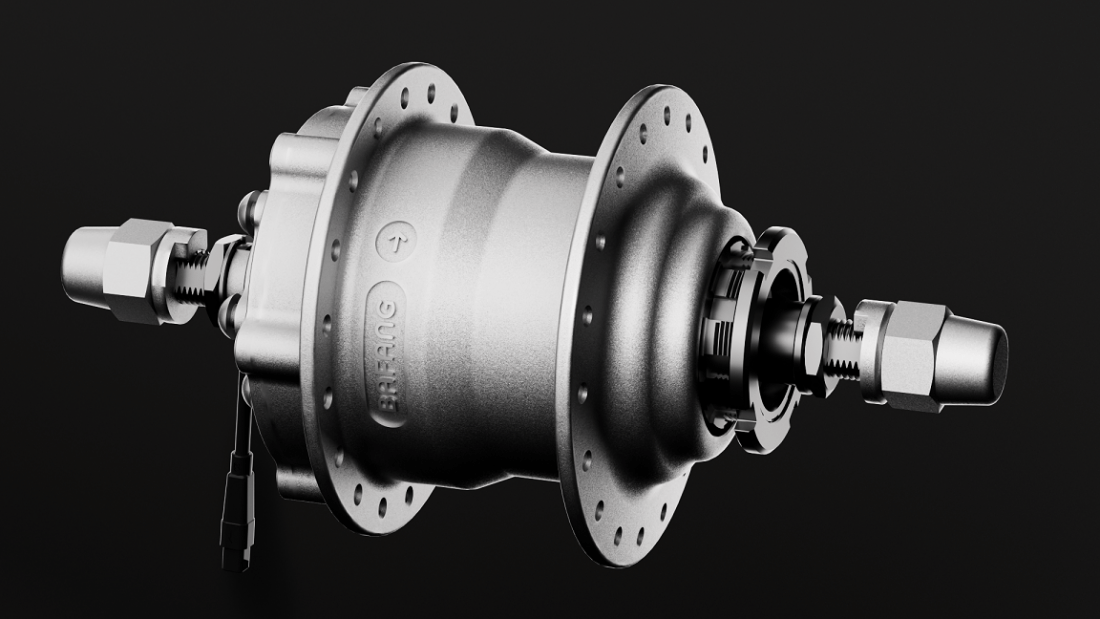
How does a Hub Gear work?
In a Hub Gear, small pinions mesh together to rotate the rear wheel at a different speed from the sprocket. Essentially, this means that the entire gear system is enclosed within a sealed casing, protecting it from the elements and any general wear-and- tear, while providing the same function a derailleur. Within the Bafang 3-speed automatic gear hub this process is automatic, intelligently switching mode based on a rider's speed.
What are the main benefits of a Hub Gear?
A key benefit of a Hub Gear is the ability to build bikes around one chainring and sprocket. This creates one constant chain line, increasing durability thanks to reduced chain twisting. This also allows additional modifications like a protective chain case or even the incorporation technologies as a belt drive. The Gates Carbon Belt Drive is one such piece of technology, offering twice the lifetime of a regular chain with a fraction of the maintenance. Check out Bafang's recent joint event with Gates, here .
Also of benefit to riders is the simplicity of installed Hub Gears. By shifting many moving parts into a sealed casing, the reliability of the mechanism improves. No matter how much mud or debris you and your bike take on, the gear-system will remain isolated and protected, both from the elements and from accidental knocks and scrapes.
For daily commuters, this removes much of the maintenance burden and allows easier uptake of a cycling lifestyle. Plus, the most commonly occurring issue when using a gear-hub will relate directly to cable tension, an issue that is relatively simple to adjust at home (unlike fine-tuning a derailleur).
Only one gear shifter is required with standard Hub Gears, removing much of the complexity associated with derailleur systems, which further improves accessibility to problem-free cycling. Say goodbye to crossover or duplicate gears! Clearly, to those wishing for a hassle-free a Hub Gear offers many advantages.
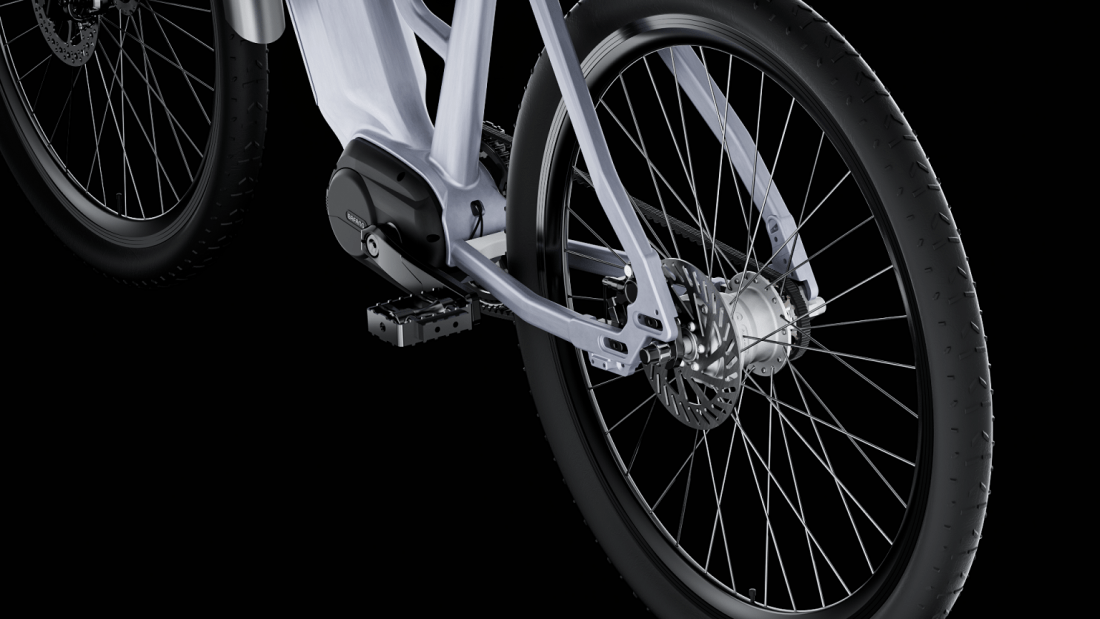
A quick gear shift
Of course, Hub Gears aren't perfect; there are some areas where they can be outperformed. Primarily this comes in the form of flexibility. Derailleur setups will generally have a much higher degree of options compared to a hub system. maximum ride customization is required, a Hub Gear may limit rider performance.
It's also worth noting that Hub Gears are actually less energy efficient than a top-notch derailleur gear system, as friction within the system created by the functioning pinions will reduce efficiency. A simple 3-speed hub is comparable in efficiency to a 27-gear deailleur setup. However, when taking into account the often-improper maintenance of deailleur systems by casual riders, this performance gap will shrink considerably.
Regardless of which camp you're in, both set-ups have pros and cons. Deciding which arrangement works best for you will depend very much on your situation, and the type of bike and terrain you are riding. Your local bike shop will be able to give tailored advice on what your best options are. Just remember, although the derailleur system is fairly prevalent in the cycling world, the Hub Gear has lots to offer.
There is no perfect bike; the best bike is the one that you're having fun riding!
